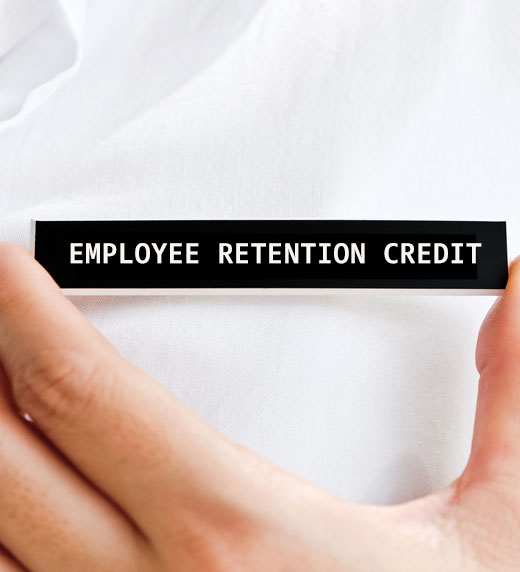
UPDATE April 16, 2020: The SBA announced they are no longer accepting applications for the Paycheck Protection Program (PPP) loans due to funding limits being reached. See PPP Loan Updates for a timeline of milestone changes. Drop reference to forgiveness application to avoid confusion with applications.
There were three loan rounds of funding available during the PPP loan timeframe that allowed for borrowing of funds, which were referred to as "draws." The deadline to apply for a first draw PPP loan (round 1) was initially June 30, 2020; later extended to August 8, 2020.
The deadline for rehiring workers in order to qualify for safe harbor from the reduction factors was moved from June 30, 2020 to December 31, 2020. Employers can exclude from the FTE Reduction Factor calculation any positions that, during the period between February 15 and December 31, they were unable to fill because they either could not find qualified employees to hire, or, could not restore their business to a comparable level of activity because of social distancing or other federal health guidance.
For new loans issued after this amendment takes effect, the payback period for any unused funds was extended from two years to five years, with repayments to begin upon receipt of a final forgiveness determination from the SBA. For existing loans, it is up to the borrower and lender to agree to an extension to five years.
Instructions for applying for a PPP loan is as straightforward as filling out the loan application and submitting to an SBA participating lender. However, the application must be filled out properly in order to be eligible for loan approval. To start the application, you can get started one of two ways; either inquire at your local bank or request Armanino to assist you with the application and subsequent compliance process.
Consider gathering the following Information to ensure a smooth process:
At this time there is no plans for another round of loans. However, other programs are available for those hardest hit businesses to recoup lost revenue including Shuttered Venue Operators Grant (SVOG) for theaters, music venues and other like businesses, Restaurant Revitalization Fund to help these food-based businesses survive and the COVID-19 Economic Injury Disaster Loans which provide up to 24 months of relief and a maximum loan amount of $500,000. Unfortunately, they do not have the same forgiveness stipulations attached to them and must be repaid; however, the time is lengthy and interest rates low.
In addition to the loan programs above, California has two distinct loan programs for businesses.
This program helps to provide loan guarantees and direct loans for small businesses that may not be eligible for other programs or lending and are meant to help small businesses continue operations. A loan guarantee helps limit up to 95% of the risk to lenders, thus increasing the likelihood of loan approval for the applicant.
Small businesses located in California with under 750 employees that have been affected by disruption due to COVID-19 as well as nonprofits are eligible for the program. Terms include, guaranteed up to 7 years, guarantees up to 95% of the loan, loan interest rates are negotiated between the lender and the borrower, and qualifications are based on lender criteria.
Loans can be applied for with participating lenders; for a list of lenders and more information visit www.ibank.ca.gov
This loan program is available to small businesses in the city of Los Angeles who need working capital to keep cover operational expenses to keep their business running. Businesses with under 100 employees that have been affected by COVID-19 can borrow loan amounts ranging from $5,000 up to $20,000 from 18 months to 5 years with a variation of interest rates. Interest rates include:
There are no prepayment penalty and no loan fee, administrative fee or applicant fee. However, some other requirements include:
For more information regarding this loan, visit https://ewddlacity.com/index.php/microloan-program.


